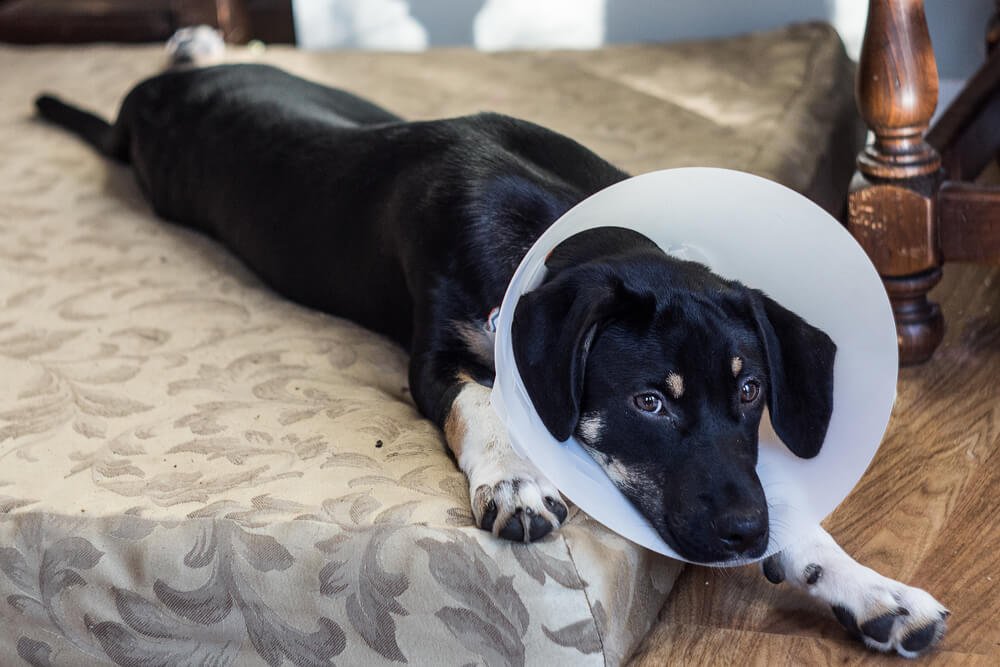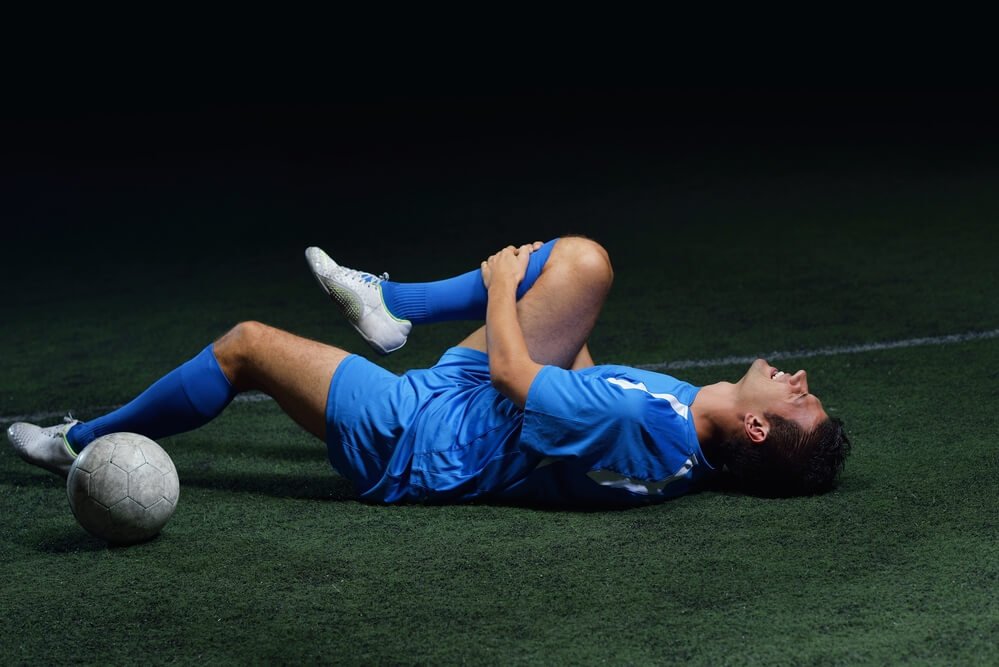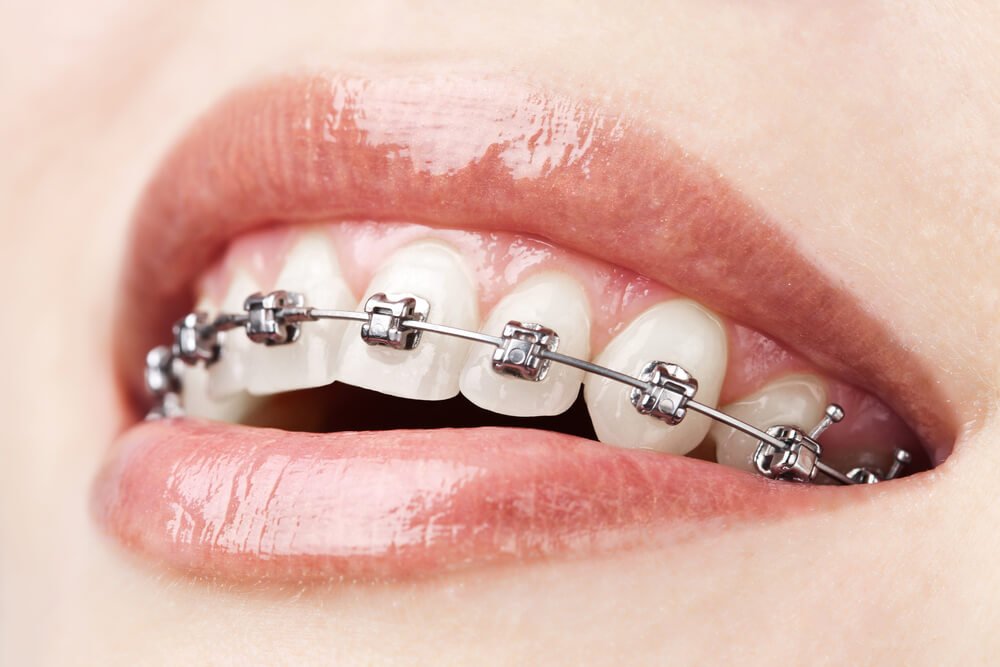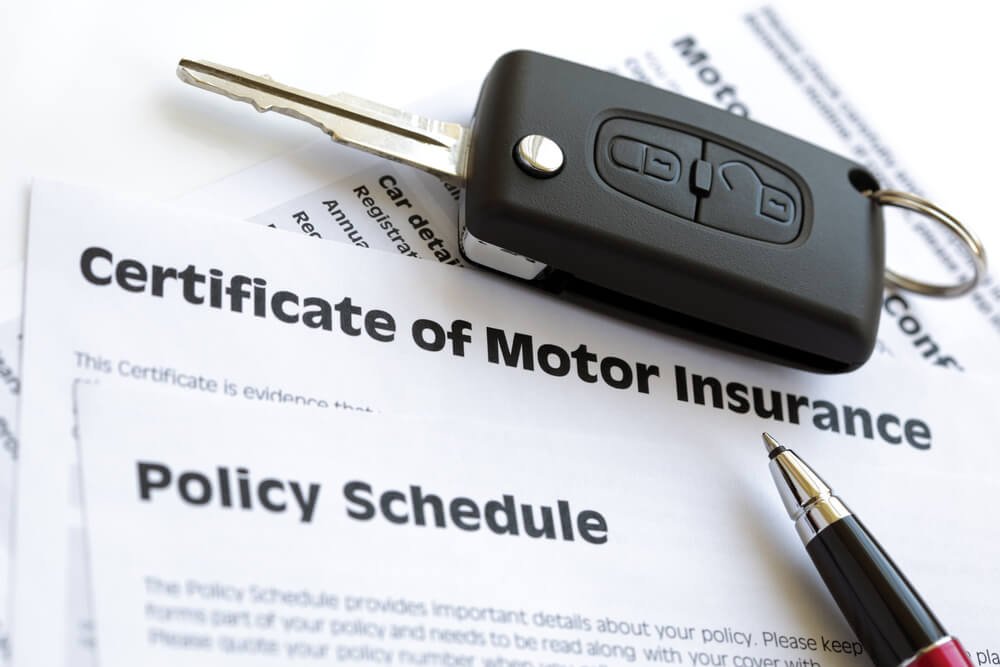
How Long for My Dog to Recover from Stomach Surgery?
Is your dog going to be having stomach surgery soon? That can certainly be a very nervous time. You may have a lot of questions about the procedure. More importantly, you just want it to be done safely and have your dog feeling better soon. Below, you can learn more about how long it typically takes for a dog to recover from stomach surgery.
Will It Be Weeks or Days?
For dogs to recover from stomach surgery they will need to be able to rest. According to Abel Pet Clinic Inc., a veterinarian in Elk Grove CA, it typically takes two or even three weeks for a dog to completely recover from stomach surgery. It is extremely important to make sure that your dog does not do anything to get him or her excited during that time.
Why Can’t My Dog Play?
Even though it may seem like your dog is healed and feeling better, you still should try to get them to continue resting. Sometimes the surgery will not be completely healed all the way through. You should always make sure your dog continues to rest until the veterinarian says that they are free to play. If your dog is too active before the incision is fully healed, the stitches or staples can come apart.
Is It Okay for My Dog to Doctor Their Wound?
Let’s face it, animals lick at their wounds. It is extremely difficult to keep them from doing so. However, you must watch them closely. They can actually pull their staples or stitches out doing this. Also, their mouths are not sanitary, which can result in infections due to the chewing.
How to Stop the Chewing
Make sure that your dog is wearing a chew collar. This will keep them from chewing on their wound. It is the most effective prevention tool for chewing on themselves. Also, it is important to make sure that other dogs do not chew on your dog’s surgical wound. Even if you have to keep them separated, it is best to do so until the incision has healed.
You can typically take a dog’s chewing collar off in two weeks or less. Your veterinarian should give you the best advice on how soon your dog can have it taken off.
Is My Dog in Pain?
Your dog may have some pain after the surgery. After all, they are like us. They experience pain too. Your dog’s veterinarian should prescribe some sort of pain reliever for your dog after the stomach surgery. There are cases when the pain may be a bit too much though. Look for these signs and report back to your vet immediately if you feel your dog is in an immense amount of pain.
- If your dog is hiding from you, then there may be something seriously wrong. Dogs hide from their owners when they are hurting. It is almost as if they do not want you to see them in any pain or distress.
- If your dog is crouching over, typically accompanied by whimpering, then they may be in pain.
You should definitely seek medical help from your dog’s vet if they are doing these things, as they could be in severe pain.
Pay Attention to Your Dog’s Eating Habits
After stomach surgery, your dog may not be eating well for the first couple of days. This is completely normal. However, they should be drinking enough fluids. You do not want them to get dehydrated. After a few days, your dog should be eating back to normal again or at least gradually increasing their appetite.
What Are Some Signs of Infection?
With any surgery, there can be a risk of infection. Noticing the signs as soon as possible is important. If your dog has more swelling in the area than usual, redness that is increasing or making a line away from the incision, oozing, or increased pain and decreased healing, then your dog may have an infected surgical site.
It is important to notify your vet if your dog has any of these symptoms after surgery. Your vet can reexamine your dog to make sure everything is healing like it should and will know if your dog will need an additional antibiotic until the wound is completely healed.
You can find more information on this at Petful and PetMD.
Having your pet go through surgery is never fun. In fact, it can be a bit scary. Make sure that you monitor your pet through this process. You may need to take some time away from work until they have fully recovered. You can check out this YouTube video for more information if you are interested.








